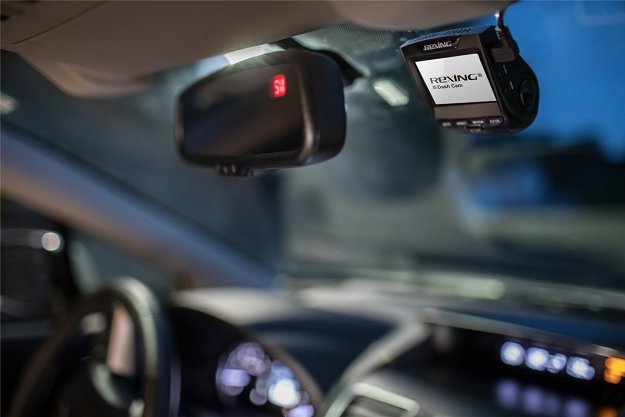Volvo isn’t really known for performance vehicles, but it has some pretty insane machines in its fleet.
Earlier this year, Volvo Trucks (which is actually a separate entity from Volvo Cars) unveiled the Iron Knight, a 2,400-horsepower race truck with a top speed of 171 mph. Perhaps because there are so few trucks out there with twice the power of a Bugatti Veyron, Volvo Trucks decided to pit the Iron Knight against a race car, a matchup you can see in the above video.
The car lining up against the Iron Knight was another Volvo, the S60 Polestar TC1. It’s a race car built to compete in the Europe-based World Touring Car Championship (WTCC), and loosely based on the S60 Polestar sports sedan. It uses a 1.6-liter, turbocharged four-cylinder engine, producing 400hp. It may be down on power, but the S60 weighs just 2,425 pounds, while the Iron Knight is closer to 10,000 pounds. The two vehicles reach 62 mph from a standstill in exactly the same amount of time: 4.6 seconds.
For this unusual marketing stunt, the S60 race car was driven by WTCC race winner Thed Björk, while the Iron Knight was driven by truck racing legend Bojie Ovebrink. The truck and the car went head to head in a quarter-mile drag race and a lap of the 1.95-mile road course at Sweden’s Mantorp Park. Check out the video to see how it all turned out.
Despite its size, the Iron Knight may have had a bit of advantage going into the drag race. It was built for fast acceleration; Volvo Trucks used to set multiple acceleration records for trucks. In contrast, the S60 was built for lapping road courses, not short, straight sprints. So the car was more at home in the second race, although the truck got a head start in that one.
Racing was previously thought of as an important marketing tool for automakers because it allowed them to show off their technical prowess. But it may be more valuable as a source of stunts like this, meant to amuse the internet masses.


